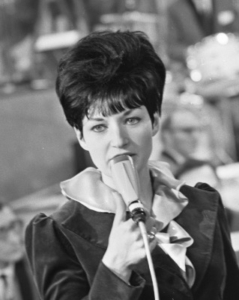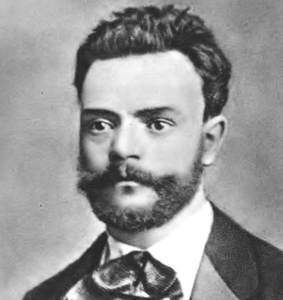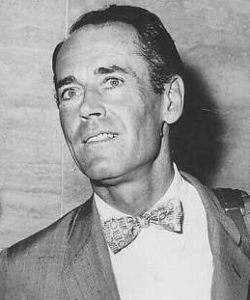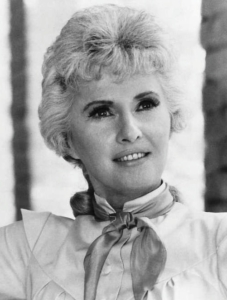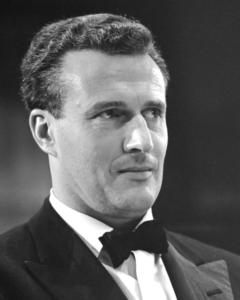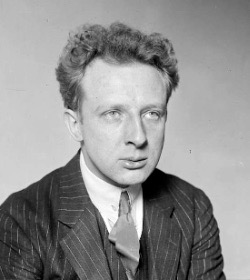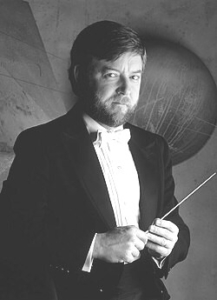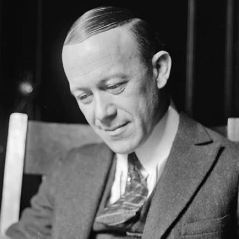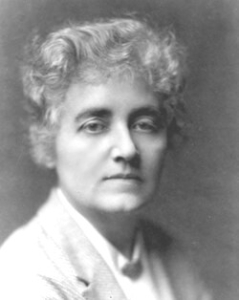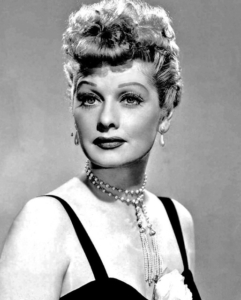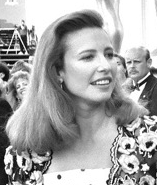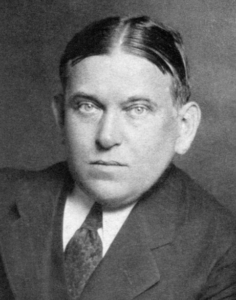REVIEW POTPOURRI: Sandy Posey, Antonin Dvorak & Istvan Kertesz
 by Peter Cates
by Peter Cates
Sandy Posey
Sandy Posey – Looking at You; MGM SE-4525, stereo lp, recorded 1967.
Sandy Posey (1944-2024) did a lot of studio work in Nashville as part of the backup chorus for such singers as Tommy Roe and Bobby Goldsboro.
She scored some top 20 hits but by 1967 when Looking at You was released, the sales were no longer what they had been.
However, she did continue to record well into the late ‘70s and, when sales continued to decline, made the wise professional leap back to doing session work behind other vocalists.
Posey’s singing might be described country pop, a style of vocalism in which the hillbilly element has been ironed into a smooth pleasant kind of music making more resembling Andy Williams and less Hank Williams. Looking at You made for smooth pleasant listening but little sticks in the memory.
Last year Sandy Posey died at the age of 80 from dementia.
Antonin Dvorak
Great Composers – Dvorak; Time Life Music, CMP 4T-19A, cassette, released 1990.
The above cassette features three works of Antonin Dvorak (1841-1904) – his New World Symphony in a 1986 recording by Christoph von Dohnanyi and the Cleveland Orchestra; and the Carnival Overture and Scherzo Capriccioso from 1960s records of Istvan Kertesz and the London Symphony.
The accompanying booklet mentions the composer’s childhood in a village in what is now the Czech Republic, his father as a butcher hoping for his son to take over the family trade.
However, Antonin preferred music to butchering and he was released from his apprenticing, enrolling at the age of 16 to study organ, piano, viola and music theory at the Prague Organ School.
Not until Dvorak was 34 did his music gain recognition outside of Prague. Applying for a subsidy, he submitted several compositions which impressed one of the judges, Johannes Brahms. Dvorak received his subsidy.
His creative energy was sparked by the sales of his published scores.
The New World Symphony has its own distinguished list of recordings. Christoph von Dohnanyi, who died this past September at the age of 96 just two days before his birthday, conducted the Cleveland Orchestra, of which he was music director during the ‘80s and ‘90s, in a very elegant performance.
The Carnival Overture and Scherzo are very exuberant pieces, often used to open a concert, and Istvan Kertesz led the London Symphony in exuberant performances, at times quite exhilarating.
Dohnanyi grew up in Germany during the Hitler years and both his father, a lawyer, and his uncle, the well known theologian Dietrich Bonhoffer, were arrested by the Gestapo for their anti-Nazi activities after the 1944 assassination attempt of Hitler failed. They were executed in early 1945.
The Maestro’s grandfather Erno von Dohnanyi (1877-1960) was a well-known Hungarian composer and pianist who moved from Austria to the United States in 1949 and landed a full time teaching job at Florida State University, in Tallahassee, for the remainder of his life.
Istvan Kertesz
Istvan Kertesz (1929-1973) escaped from Budapest when the Russian tanks rolled in during the 1956 uprising and garnered a reputation as one of Hungary’s most brilliant conductors of the younger generation. In 1973, Kertesz was appointed music director of the Cologne Gurzenich Orchestra and the Opera House, the kind of position in which his musical leadership gifts would have thrived.
Unfortunately while vacationing in Israel that summer, he drowned in the undertow while swimming in the Red Sea.
As a boy in Hungary, Kertesz studied music with Erno von Dohnanyi.


